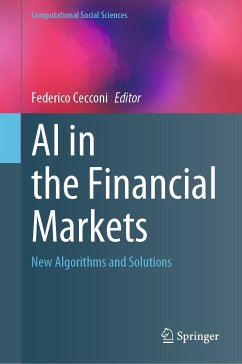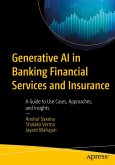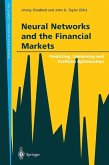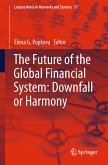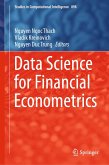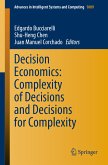The effects of the COVID-19 pandemic are starting to show their financial effects: more companies in a liquidity crisis; more unstable debt positions; and more loans from international institutions for states and large companies. At the same time, we are witnessing a growth of AI technologies in all fields, from the production of goods and services, to the management of socio-economic infrastructures: in medicine, communications, education, and security. The question then becomes: could we imagine integrating AI technologies into the financial markets, in order to improve their performance? And not just limited to using AI to improve performance in high-frequency trading or in the study of trends. Could we imagine AI technologies that make financial markets safer, more stable, and more comprehensible? The book explores these questions, pursuing an approach closely linked to real-world applications.
The book is intended for three main categories of readers: (1) management-level employees of companies operating in the financial markets, banks, insurance operators, portfolio managers, brokers, risk assessors, investment managers, and debt managers; (2) policymakers and regulators for financial markets, from government technicians to politicians; and (3) readers curious about technology, both for professional and private purposes, as well as those involved in innovation and research in the private and public spheres.
Dieser Download kann aus rechtlichen Gründen nur mit Rechnungsadresse in A, B, BG, CY, CZ, D, DK, EW, E, FIN, F, GR, HR, H, IRL, I, LT, L, LR, M, NL, PL, P, R, S, SLO, SK ausgeliefert werden.

